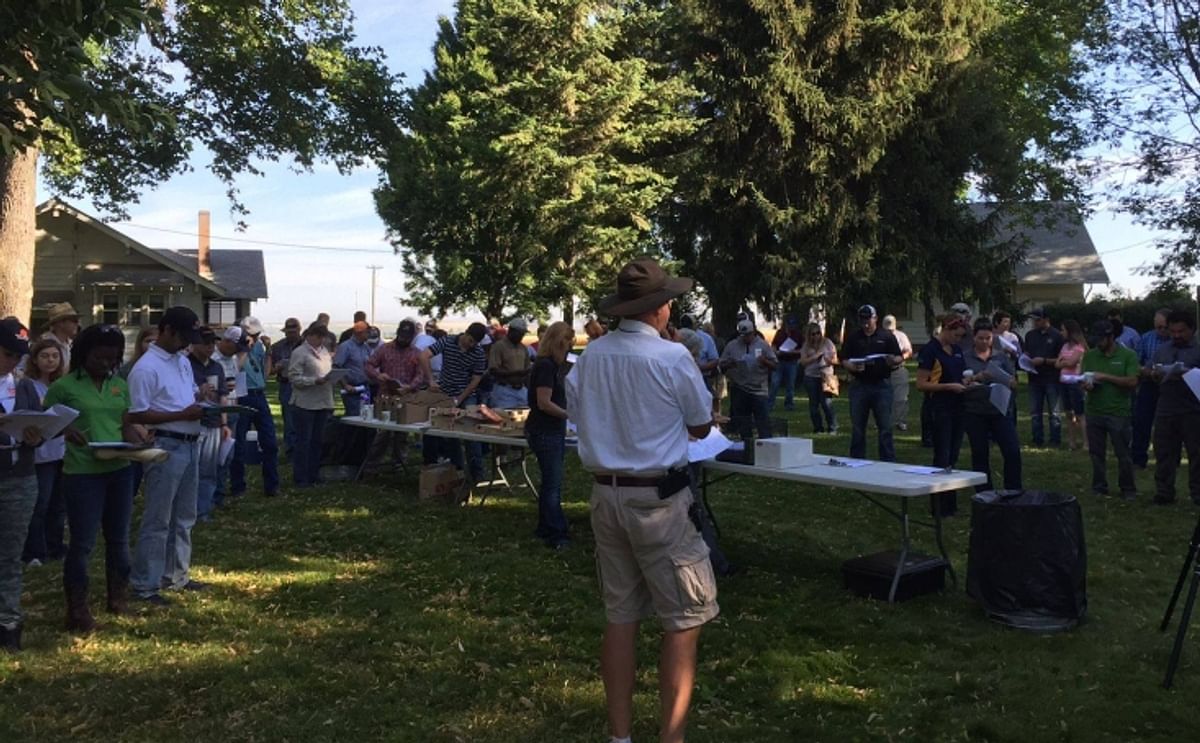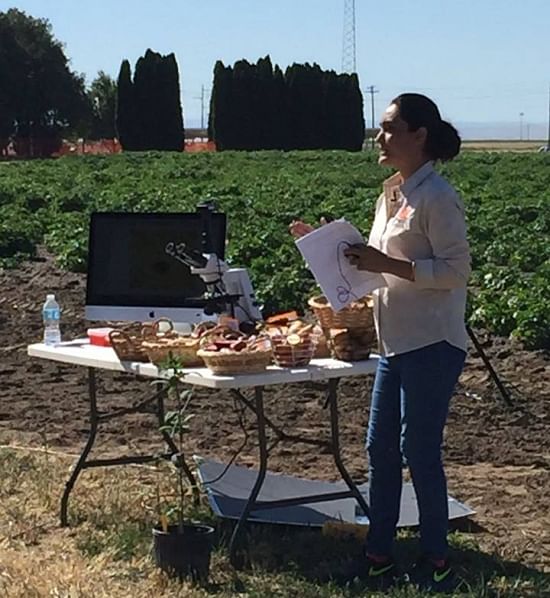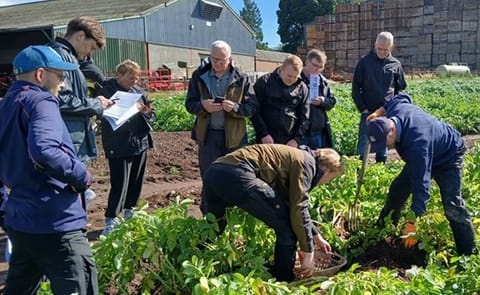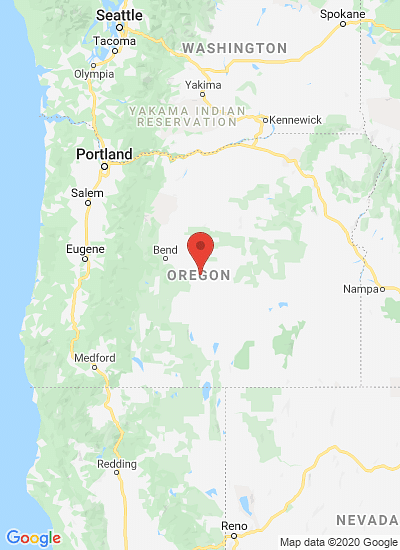Signing in for the annual potato field day at OSU Hermiston Agricultural Research and Extension Center
(Courtesy: OSU Hermiston Agricultural Research and Extension Center / Facebook)
Searching for genes to make potatoes resistant to nematodes

Potato breeders at Oregon State University are working to identify the gene that makes certain potatoes resistant to nematodes, which could then be used to create new varieties. Columbia root-knot nematodes might be too small to see with the naked eye, but they can cause noticeable damage to potatoes if left unchecked and they are lurking in farms across the Columbia Basin.
Sapinder Bali, a postdoctoral scholar with the OSU’s Hermiston Agricultural Research and Extension Center (HAREC) plant breeding program, is part of a team developing molecular markers for the nematode resistance gene in potatoes. She discussed the team’s progress during the station’s annual potato field day last Wednesday 22 June.

Sapinder Bali explains the OSU HAREC Plant Breeding Program "Development of molecular markers linked to Columbia Root Knot Nematode (CRNK) Resistance in Potato" during the annual potato field day at OSU Hermiston Agricultural Research and Extension Center (Courtesy: OSU Hermiston Agricultural Research and Extension Center / Facebook)
According to the project summary, “These markers can help breeders to confirm the resistant varieties before crossing, for choosing right parents and evaluating the segregating populations with higher confidence.”
That gives breeders like Sagar Sathuvalli a leg up on creating new varieties designed to save growers money. Sathuvalli works with the Tri-State Potato Breeding Program with Oregon, Washington and Idaho. It takes a minimum of 12 years and thousands of samples before new varieties are ready for commercial release, he said.
The program did release three new varieties earlier this year: Jester, Cheshire and Vermilion. Three others are also in the works. Sathuvalli said breeding is done primarily for resistance to pests like nematodes and diseases like Verticillium wilt and potato virus Y.
Other field day presentations included updates on tiny Lygus bugs as a potential vector for disease, as well as efforts to monitor aphids in fields








